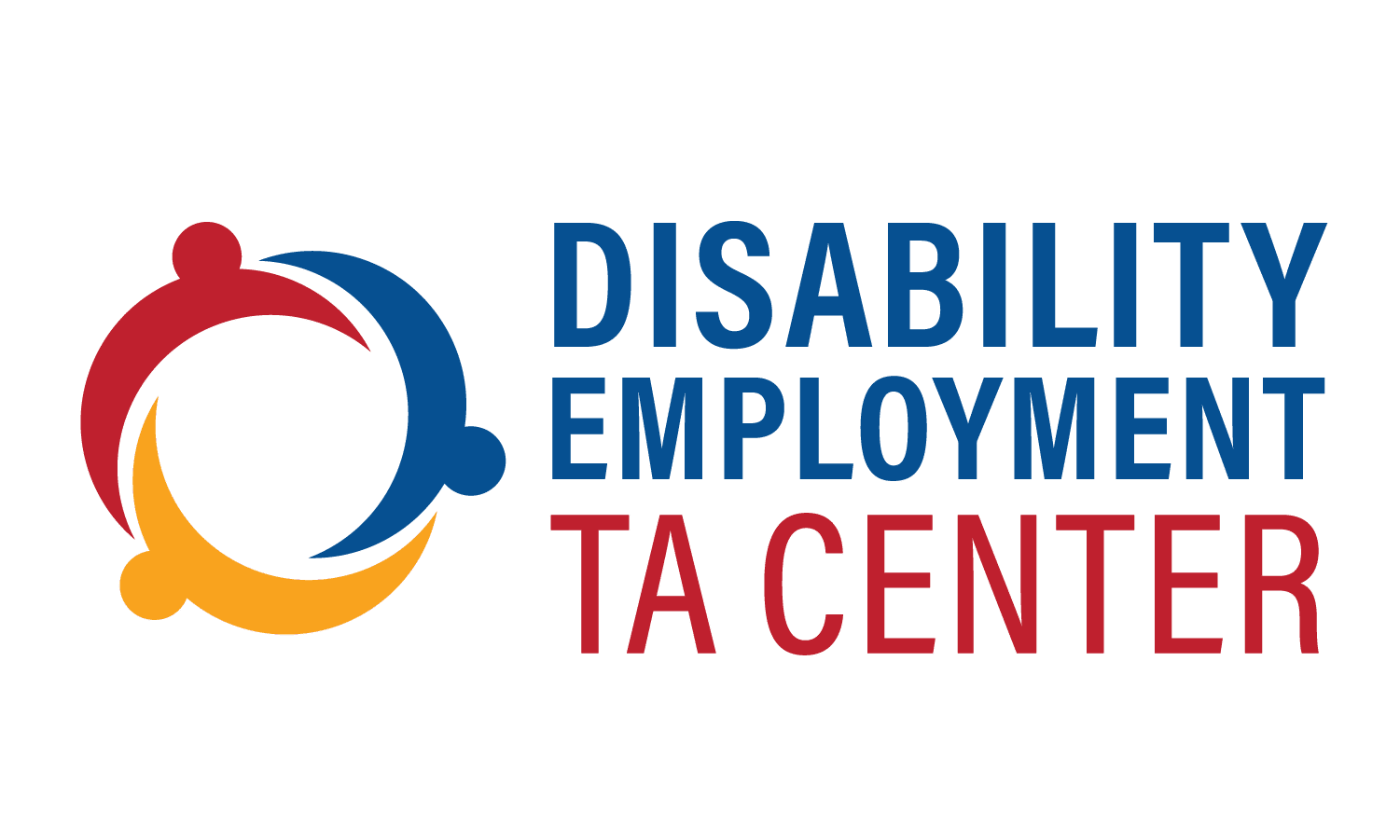Increasing Competitive, Integrated Employment
By: Amy Gonzalez, M.S., Senior Consultant and
DETAC SME Jennifer White, CEO, Able Opportunities, Inc.
October 2023
Introduction
Assistive Technology is defined as a piece of equipment or a system that is used to increase, enhance, or maintain the functional capabilities of a person with a disability. An individual can utilize a piece of equipment for an array of activities from using it on the job to perform tasks independently, utilizing a device to live in the community independently or to re-connect to a meaningful hobby. The Technology-Related Assistance Act of 1988 (Tech Act) was initially passed to provide funding to states to conduct needs assessments and implement response systems that focused on consumer needs identified through the Association of Assistive Technology (AT) Act Programs (2018). The law was reauthorized in 2004 by converting funding from a competitive grant program to a formula grant program for State AT programs (Section 4 Formula Grantees), and Protection and Advocacy AT Programs (Section 5) Formula Grantees. The reauthorization in 2004 resulted in a key shift to place individuals with disabilities at the forefront of service planning by helping them identify, select, and utilize AT devices of their choice to maximize independent living in the community and to help connect to opportunities for competitive, integrated employment.

